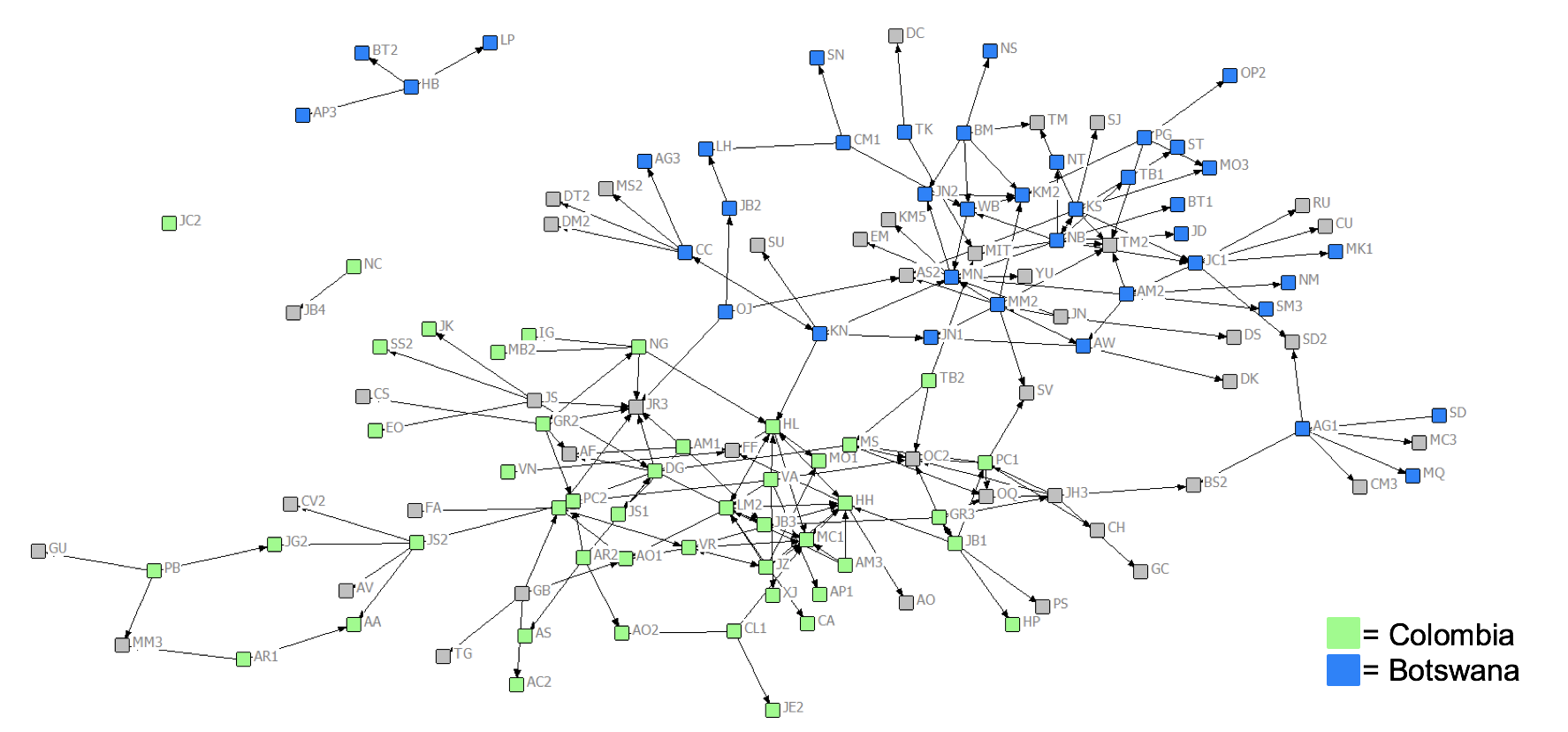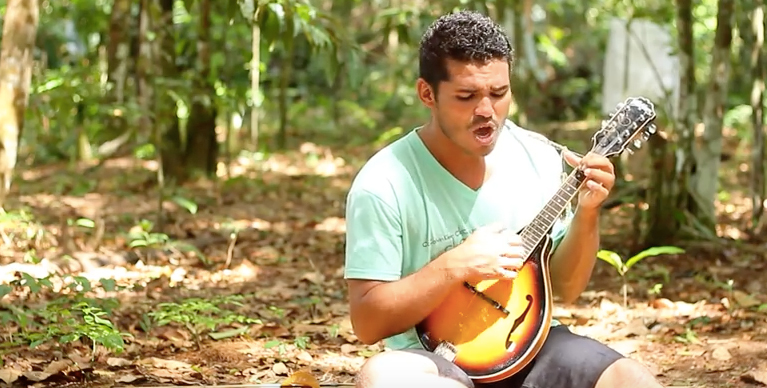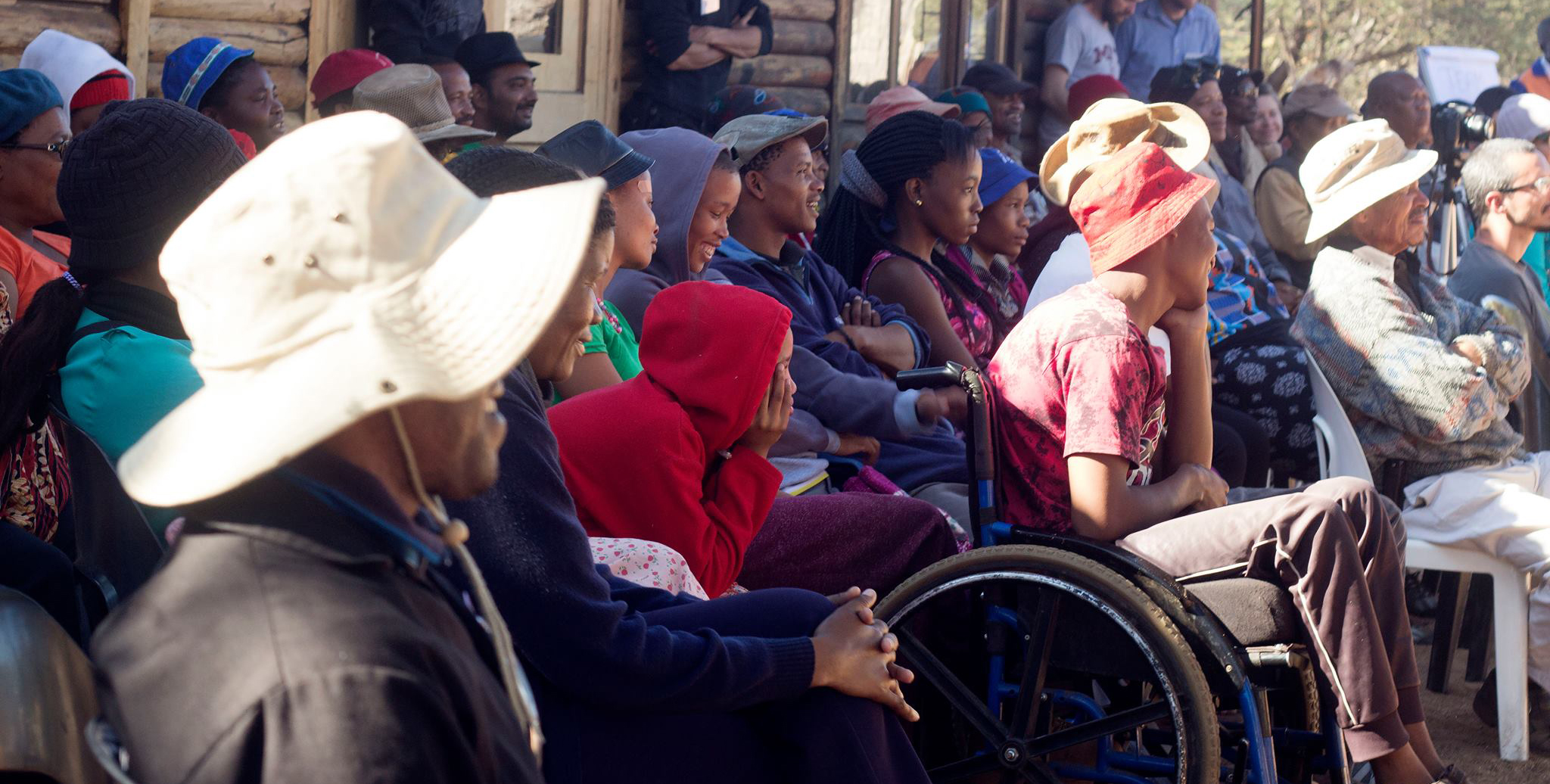Using Social Network Analysis to Evaluate IDDS in Botswana and Colombia

A team of students from the Tufts Fletcher School of Law and Diplomacy constructed social network maps based on data from IDDS participants' one-year post-surveys. This map shows the connections that participants maintained in the year after the summit.
At the Tufts Fletcher School of Law and Diplomacy, we are studying social network analysis with Professor Rusty Tunnard. Social network analysis is a diagnostic tool that can highlight relationships and connections within a group of people. It visualizes interactions like communication and collaboration, and can lead to further questions to investigate. We were excited to have the opportunity to work with D-Lab to help IDIN and future alumni organizers determine where to invest resources for greatest impact.
Applicability of Social Network Analysis
D-Lab recognized that social network analysis can help visualize the IDIN Network and which IDDS participants are achieving their goals. It can also help IDIN identify the most valuable components of its ecosystem and identify the attributes of participants that started innovations or ventures or spread the IDDS approach.
Limitations of Social Network Analysis
While social network analysis is a useful tool, it provides insights but not necessarily answers. This analysis depends on available network data, which in this case was survey responses from IDDS participants. Therefore, our analysis was limited to responses received by IDIN after each summit. Social network analysis is a valuable analytical tool, but it one of many ways to assess a program.
Our Research
It is especially important that D-Lab understand the impact of IDIN’s ecosystem components since they will now be governed by the IDDS Steering Committee. We decided to investigate:
- What components of the IDIN ecosystem are most impactful?
- Where should D-Lab and the IDDS Steering Committee invest?
- What types of participants should summit organnizers recruit in order to achieve IDDS’s two key outcomes (“working on an innovation/venture" or "spreading the approach")?
We analyzed the networks of IDDS D'Kar (Botswana, 2015), IDDS Botswana (Botswana, 2016), IDDS Zero Waste (Colombia, 2015), and IDDS Educación (Colombia, 2016). We chose these four summits to examine temporal and regional similarities and differences. We investigated how summit participants from similar populations (i.e., the same country) drew upon available IDDS resources and compared them to participants from a different region. Furthermore, the cross-regional approach helped us determine the attributes successful participants share, and how IDIN can invest in individuals that maximize impact. We found that:
1. Innovation centers, advice, and connections are the most impactful components of the network. Participants with the most network connections (i.e., the largest nodes) were more likely to engage with innovation centers and take advantage of advice and mentorship of other IDIN members.
2. IDIN members who attended two or more summits give back to IDIN in multiple ways. Participants who attended more than one summit in the same country (larger nodes) were more likely to volunteer with IDIN than those who attended only one summit.
3. After IDDS, participants tend to either “work on an innovation or venture" or “spread the approach,” but not both. There were two different types of participants who accomplished their goals: those focused on new products or services, and those focused on teaching design and co-creation to others.
We hope that our analysis will help future summit organizers strengthen the IDIN network and continue to create lasting connections between participants. IDIN has done an amazing job in sharing its vision with conference participants and building a community that supports its mission across the globe.






